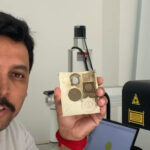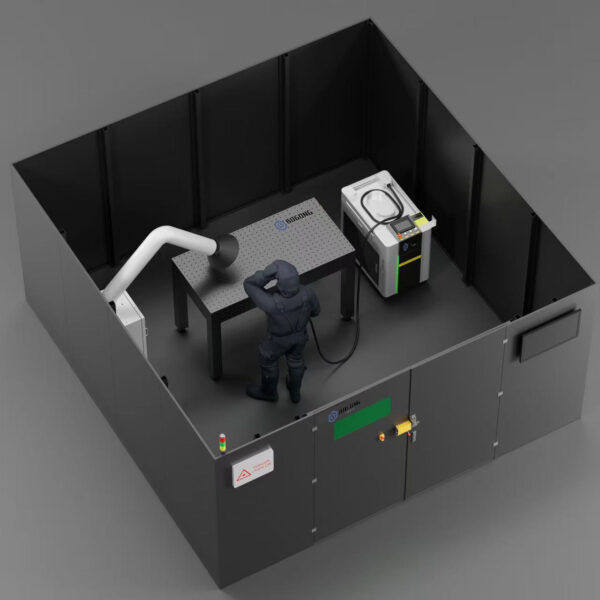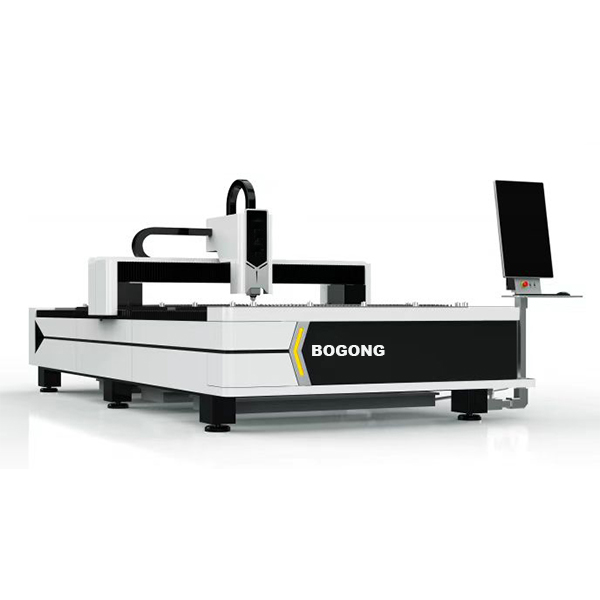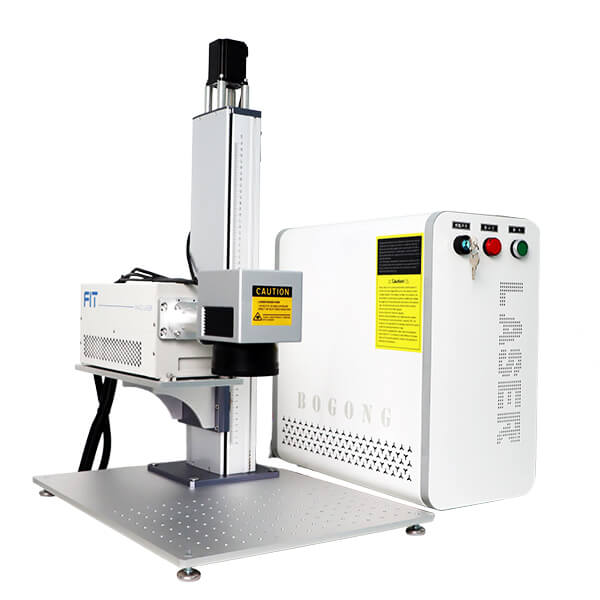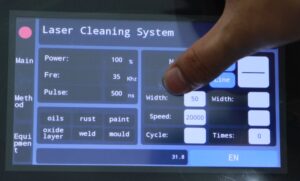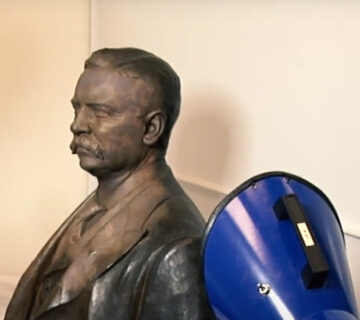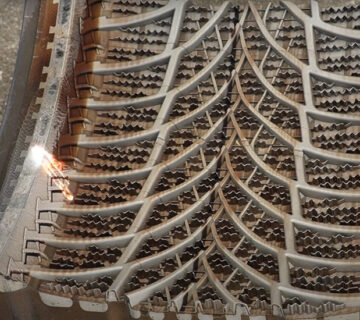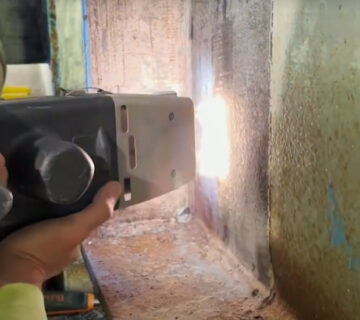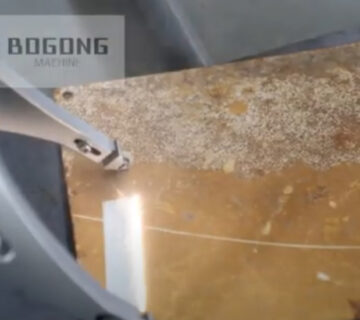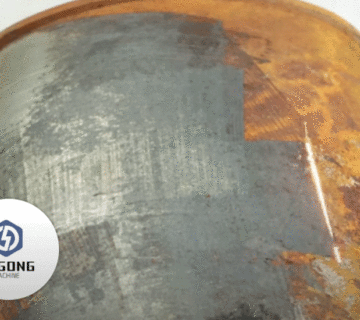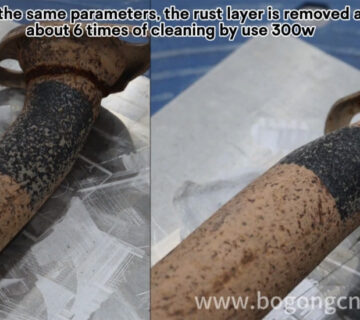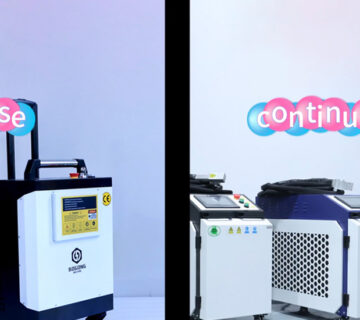Understanding Laser Cleaning Machine Parameters: A Complete Guide
When using a laser cleaning machine, setting the right parameters is essential for achieving the best cleaning results and protecting the equipment.
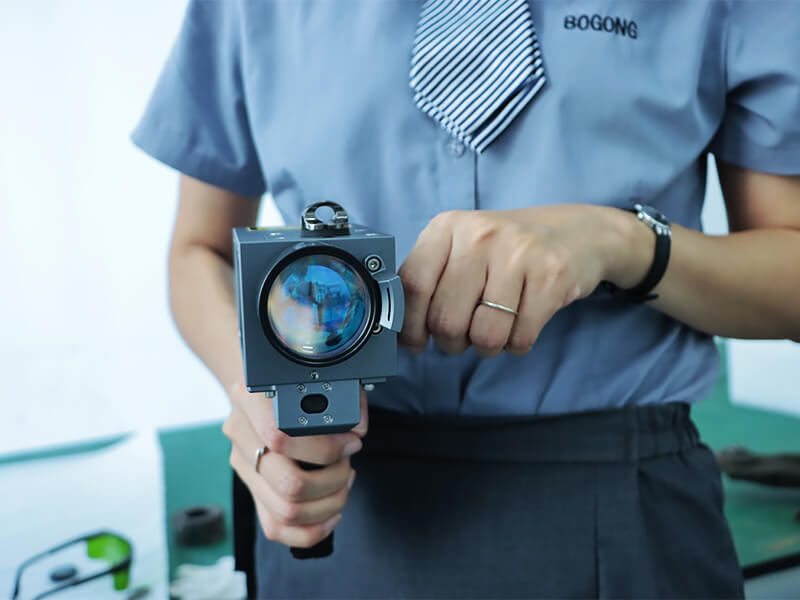
Incorrect settings can cause problems such as surface damage or equipment failure. This guide explains the main parameters you need to understand and how to adjust them properly.
Key Parameters of a Laser Cleaning Machine
1. Laser Power
– Definition: The average power the laser emits, measured in watts (W).
– Function: Determines how strong the laser beam is. Higher power can clean tougher dirt or rust but risks damaging delicate surfaces.
– Tip: Use the minimum power needed for effective cleaning to avoid harming the material.
2. Laser Frequency
– Definition: The number of laser pulses per second, measured in kilohertz (kHz).
– Function: Controls how many pulses the laser produces each second.
– Effect:
– High frequency (e.g., 4000 kHz) produces many short pulses, which results in faster cleaning but less energy per pulse.
– Low frequency (e.g., 100 kHz) results in fewer, stronger pulses, better for heavy-duty cleaning.
– Tip: Choose the frequency based on the material and cleaning goal.
3. Pulse Duration
– Definition: The length of time the laser is on during each pulse, measured in nanoseconds (ns).
– Function: Short pulses (e.g., 150-350 ns) deliver energy quickly, suitable for precision cleaning.
– Effect: Longer pulses can remove thicker materials but may risk damaging the surface.
– Tip: Adjust pulse duration according to material sensitivity.
4. Scanning Speed
– Definition: The rotation speed of the scanning mirror that directs the laser beam across the surface.
– Function: Controls how fast the laser spot moves over the material.
– Effect:
– Faster scanning covers more area quickly but may lead to incomplete cleaning if the laser pulses are too sparse.
– Slower scanning allows more laser exposure per area, resulting in better cleaning but takes more time.
– Tip: Find a balance between speed and proper coverage.
How These Parameters Work Together
– These four parameters are interconnected. For example:
– Increasing the frequency with a fixed power reduces the energy per pulse.
– Shorter pulse duration with higher frequency can be used for delicate cleaning.
– It is important to set these parameters carefully to avoid issues like:
– Damaging the material surface.
– Shortening the lifespan of the laser source.
– Incomplete cleaning if the laser moves too fast or power is too low.
Practical Tips for Effective Laser Cleaning
– Always start with the recommended settings provided in the device’s data sheet.
– Adjust parameters gradually to see how the surface reacts.
– Use sufficient laser power to remove dirt or rust but be cautious not to burn the surface.
– Balance the scanning speed with pulse parameters to ensure complete and even cleaning.
– If unsure, consult the manufacturer or an experienced operator.
Conclusion of parameters setting for laser cleaning machine
Properly setting the laser cleaning parameters is crucial for safe, effective, and efficient cleaning. Understanding how power, frequency, pulse duration, and mirror speed interact helps you achieve optimal results and extend the life of your equipment.
Additional Resources
– You can request a detailed data sheet from BOGONG, tailored to your cleaning job.
– Follow tutorials or contact technical support for further guidance.
– Regular maintenance and understanding your machine’s settings will improve your cleaning performance.
If you are looking for reliable laser cleaner supplier, message BOGONG team by email: [email protected] or add Whatsapp:+86-13964177675





